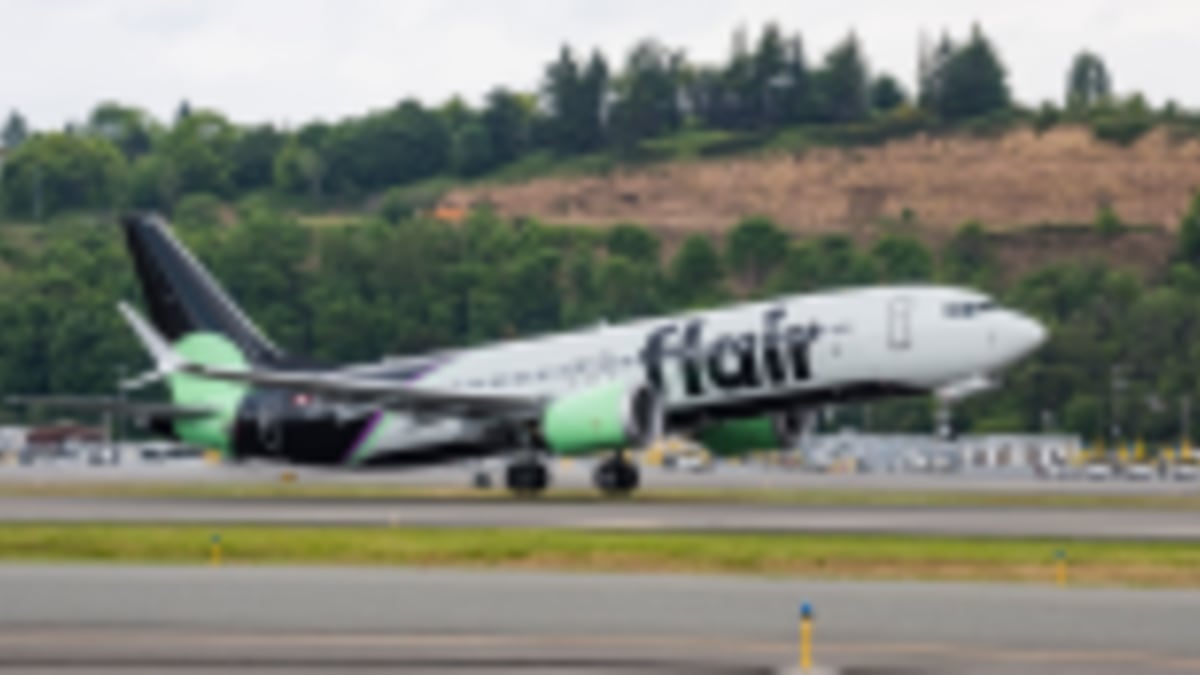
Leonardo has won a $70 million contract to replace and upgrade the radio capability on Australia’s C-27J Spartan fleet.
Australia currently has 10 Spartans operated by No. 35 Squadron from RAAF Base Amberley, which now focuses on peacetime operations such as search and rescue and aeromedical operations.
Air Vice-Marshal Leon Phillips, head of aerospace systems division, said, “Upgrading the cryptographic radio function of the C-27J platform will ensure ongoing availability of secure communications, including interoperability with key strategic partners and intelligence networks, and increased overall safety for our Australian Defence Force personnel.”
Leonardo, the original manufacturer of the Spartan, was selected as the prime contractor, and the ‘Commonwealth Avionics Upgrade’ will begin in September 2023 at Amberley.
The work is due to be completed in 2026.
It comes after the aircraft last month joined a KA350 King Air in patrolling the South West Pacific to conduct surveillance missions to stop illegal fishing.
The aircraft were helping the island countries of Vanuatu and Kiribati as part of the Pacific Islands Forum Fisheries Agency’s (FFA) Operation Island Chief.
The RAAF C-27J Spartan and KA350 King Air aircraft operated out of Port Vila and Tarawa, respectively, at the request of the government of Kiribati.
The C-27J Spartan’s contribution included flying 11 missions over Vanuatu’s exclusive economic zones (EEZ), reporting more than 50 vessels to the Forum Fisheries Agency (FFA).
In addition to the RAAF aircraft, an ADF Air liaison officer and geospatial and intelligence specialists were deployed to assist the FFA alongside members of the Royal Solomon Islands Police Force, Solomon Islands Ministry of Fisheries and Marine Resources, Fijian Navy, and United States Coast Guard.
Commander of ADF Operations in the South West Pacific, Major General Scott Winter, said the ADF’s contribution formed part of a larger commitment to preserving stability in the region.
“Australia is committed to helping our Pacific family protect their fisheries resources, support regional security and counter transnational crime,” MAJGEN Winter said.
“Supporting operations like Island Chief allows us to work with the FFA, our Pacific partners, and members of the Pacific Quadrilateral Defence Coordination Group (Australia, the United States, New Zealand, and France) to ensure the economic security and prosperity of the Pacific through the protection of its critical maritime industries and ecosystems.
“We are at our best when we face these challenges together — as partners and as a region.”
















John
says:$7M per aircraft? For cryptographic radio……. secure communications, including interoperability with key strategic partners and intelligence networks…..?? Why is this specific capability expenditure warranted for a fleet that has been relegated to “peacetime operations such as search and rescue and aeromedical’?
That sort of money buys a fleet of light twins far more cost effective for these roles. I would have thought there are more pressing tactical operational requirements needing such funding.
Or will the capabilities we originally told we were going to get with the C-27J slowly be incorporated in part over future years buy throwing individual buckets of money at the fleet. As the OEM and no real alternatives, Leonardo must be laughing as they submit each ‘quote’. In hindsight (as always), maybe a better decision would have been to bail out when the USAF walked away from the JCA program.
Scott
says:John,
You know of a light twin that has a range of up to 3,000NM and can cruise at over 300 knots and can drop Air Sea Rescue Kits? That’s an epic light twin!
John
says:The taxpayer didn’t cough up a couple of billion $$s for this secondary capability; they paid for a ‘battlefield airlifter’. That long range, bluewater SAR need has already been paid for through the C130J and P8 platforms (and the C-27J apparently has an operating cost approaching the C130J). The RFDS everyday demonstrates a highly efficient and effective, mid to long -range aeromed capability with its PC-24s and B350s, and at an hourly cost point orders of magnitude less than a C-27J. The AMSA C604 SAR birds as an exemplar also provide a SAR response far quicker and cheaper than a C27J.
My real discussion point was why very costly crypto radios are still being funded, or even required, for a capability now relegated to ‘peactime’ SAR/Aeromed when there are other urgent tactical gaps needing priority funding?
martin hone
says:Very little info on why we need the upgrade or why it is costing $70m for just 10 aircraft.
Paul
says:RE: KA350 King Air in patrolling the South West Pacific to conduct surveillance missions to stop illegal fishing.
Well, you need to get on the water and see what they are doing and arrest The Captain .To do this the RAAF requires the new G-111T Albatross